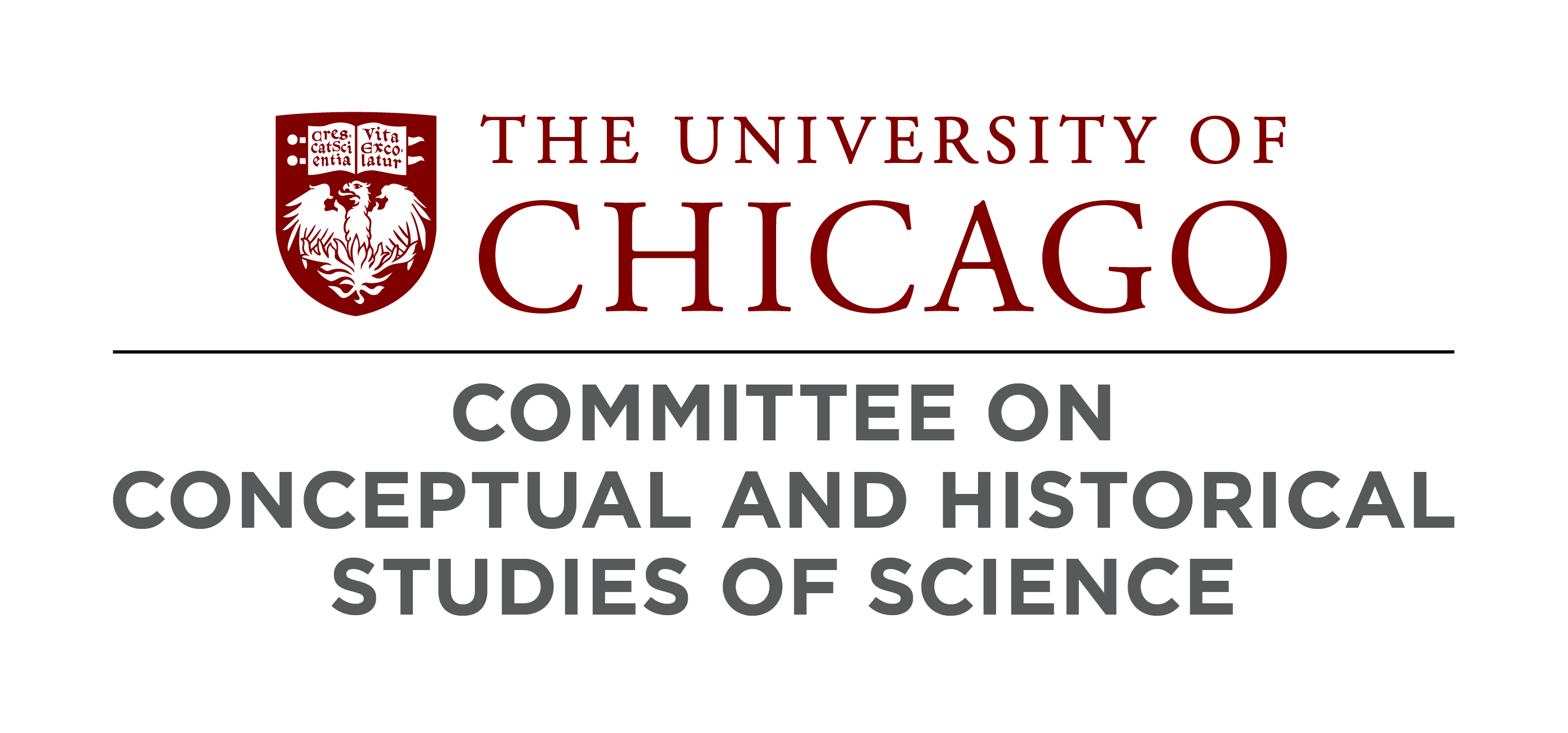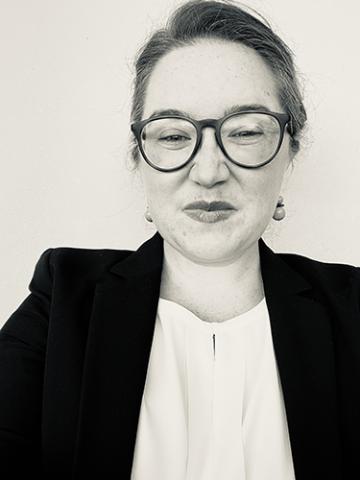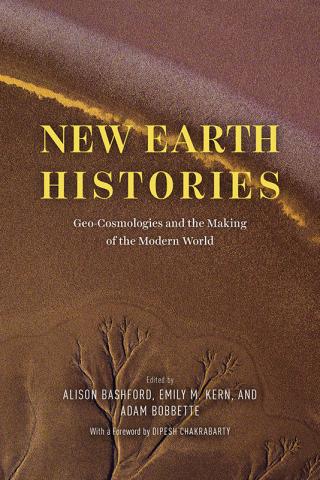Exploring How Knowledge Comes to Be
Exploring How Knowledge Comes to Be
Emily Kern discusses New Earth Histories, working in the history of science, and her upcoming book project.
By Aubrey Christofersen
Concerned ultimately with humanity and how we understand the world, New Earth Histories explores the interplay between traditions, cosmologies, and geology, attempting to reveal how our knowledge of the earth came to be.
Histories was co-edited by Emily Kern, the History of Science Assistant Professor in the Department of History, also a member of the Committee on Conceptual and Historical Studies of Science (CHSS). She co-edited the collection with Alison Bashford of University of New South Wales and Adam Bobbette of the University of Glasgow.
“Part of our goal – and we grappled with this in putting the book together – was working with this idea of cosmopolitanism of ideas: putting together ideas from multiple different places, multiple different sets of interlocutors.”
The idea for the work came about several years ago.
“The book started with a conference we did in December 2019, which was summer in Australia. And while the conference was going on, the smoke was so thick in Sydney that it set off the fire alarms indoors.”
Writing the original proposal early during the COVID lockdown, the conditions mirrored the stakes of the intellectual project they were creating.
“Confronting this sort of wild, earthly instability and social instability, in a lot of ways the geological theories that people have come up with are attempts to grapple with that exact same kind of instability. Why does the earth keep shaking? Why does fire come out of these vents, you know, halfway up the mountain? Why is everything changing in my society?”
Kern describes a chapter in New Earth Histories by Bobbette as an example of different ways of creating knowledge about the earth interacting. Telling the history of Javanese volcano studies, an interplay between the mystical and spiritual and the scientific emerges as the researchers hike their monitoring equipment up the mountain via the same routes the local people have traditionally used for mystical and spiritual processions.
“The outputs and ways that we think about those two kinds of knowledge, usually they’re put into separate boxes,” says Kern.
By putting these different ways of knowing about the world together, this new book sets a paradigm for understanding where world knowledge comes from.
“There’s a narrative about where we, where our present world came from, as well as speculation about what that means, what’s at stake, where it might go in the future.”
Kern first became interested in the history of science in her undergraduate years, originally planning to study biochemistry and infectious diseases.
“I was convinced that I was going to be an MD PhD, save the world, and be this rock star scientist. And then I realized I really didn’t like being in the lab.”
Still curious about people who were in the lab, however, Kern says that she “stumbled into” the history of science as a field that would let her research science she found interesting. “Trying to understand where these ideas came from,” says Kern, “drew on some of my other interests and capabilities in thinking about politics, culture, the stuff of scientific ideas and what different meanings they have.”
In graduate school at Princeton, Emily knew she wanted to research something foundational, and eventually landed on the history of the science of human origins. “Coming to human origins was a long meandering path, partly due to some really great mentors and teachers,” says Kern, “I got extremely lucky that my first year happened to also be when Erica Lorraine Milam was hired as a senior faculty member.”
A specialist in the history of Darwinian evolution and sexual selection, Milam was starting a new project, thinking about the evolutionary origins of human behavior. “She’s one of the most spectacular mentors and advisors I’ve ever met,” says Kern, “and she’s also someone with a gift for getting to the heart of things, keeping her attention on the big picture without losing the little details.” Working with Milam helped Kern decide on studying human origins, a field with a huge scale, but also an immense number of details.
“You need to use data from lots of different parts of the world and integrate that into a collective picture. I was looking for a science that had this kind of global scale, and global impact. Human origins has a stakes for the entire world that changes depending on the kind of global situation. And it’s also practically global, as you need to account for the spread of homo sapiens on every inhabited continent.”
Kern’s next current book project, The Cradle of Humanity, focuses on a specific part of the human origins story: the search for the “cradle of humanity,” for a long time widely believed to be in Asia until the middle of the 20th century. Her book traces the origins of the out-of-Asia hypothesis, and how the out-of-Africa hypothesis took its place.
“I came across all of these references to the now discredited Asian origins theory, finding these really bananas maps from the 1930s and 40s very confidently depicting - in the same mode as Nat Geo maps about the Walk of Man - except the big red circle that says “cradle of humankind” is in northern China instead.”
Kern set out to explain where these maps came from, a project that required her to “go back to the 18th century, looking at the origins of philology and the search for and study of the origins of language,” she says, “and all of these ideas about race and environment, too, that turn out to actually have a major influence on human origin science well into the 20th century.”
Kern’s current work is helped by her interactions with colleagues and students alike. “I’ve been really enjoying thinking with environmental historians more, trying to both think about history of science as in conversation with that as a subdiscipline and also the ways that it’s doing something different,” she says, “And in my other kind of intellectual home committee [CHSS], chatting with Bob Richards and Adrian Johns has been great.”
“Our graduate students are just awesome, and they’ve been really pushing me to think more about environment and earth histories. Talking with them about how they can think about their projects and what kind of methodology they’re using – all of that ends up also helping me refine and think through what I’m doing. It helps me ask questions like, ‘Does that make sense? Is there a hole in this that I haven’t figured out? Where does this get me, and what does this limit me from being able to do?’”
 THE UNIVERSITY OF CHICAGO
THE UNIVERSITY OF CHICAGO



